Multislice CT reveals previously unseen mets in RCC
MSCT findings and histological feature correlations of pancreatic metastases from clear renal cell carcinoma.
Purpose
The growing use of MSCT in the follow-up of oncologic patients allows early detection of very small pancreatic lesions and particularly of secondary neoplasms.
Material and Methods
We present three cases of pancreatic metastases from clear renal carcinoma confirmed with 64-row MSCT and with histological confirmation of primary RCC and related metastases.
Results
In larger lesions, intravascular contrast administration reveals the differentiation between hypercellular periphery and internal hypodense portions. The hypercellular regions are less vacularized (Figures 1 and 2).
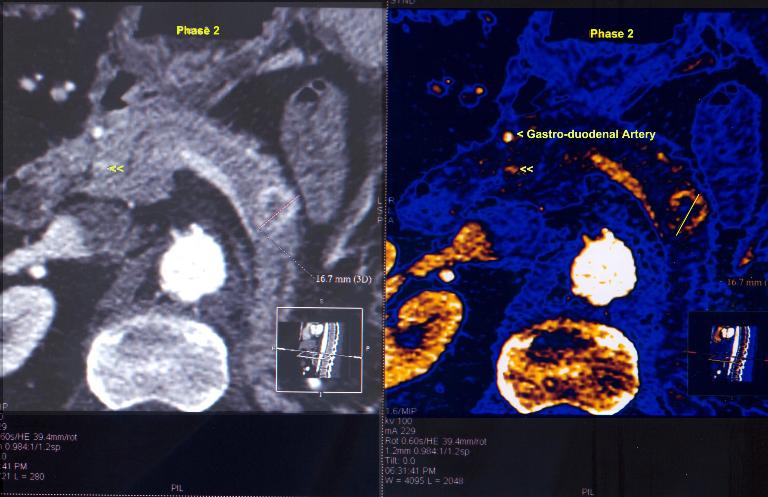
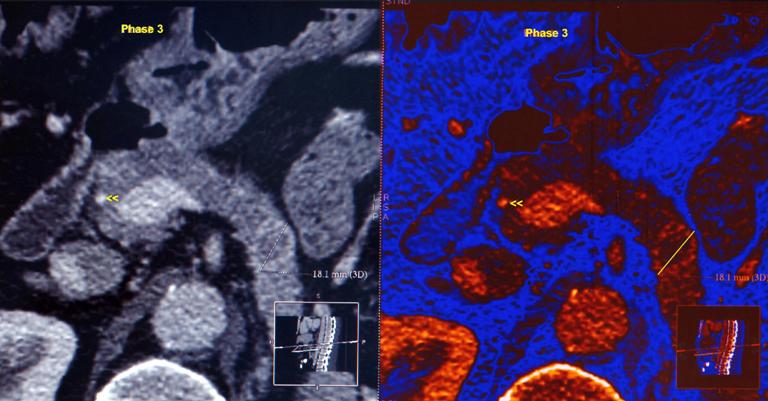
Smaller lesions, seen by more enhancement on arterial phase, were visible as a small spot of extraductal iodine hyperimpregnation and showed a persistence of iodine staining on later scans. Histologically, these demonstrate a prevalence of microvessels and hypercellularity with reduced interstitial anarchy (Figures 3, 4, 5).
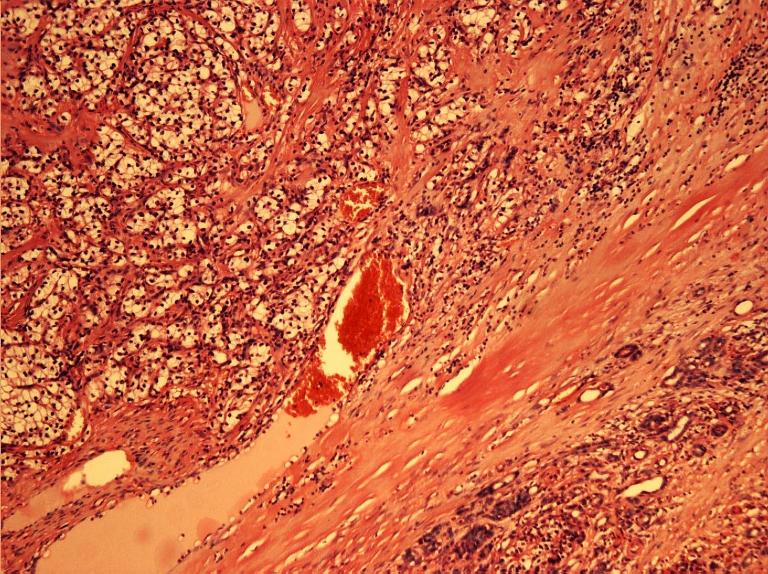
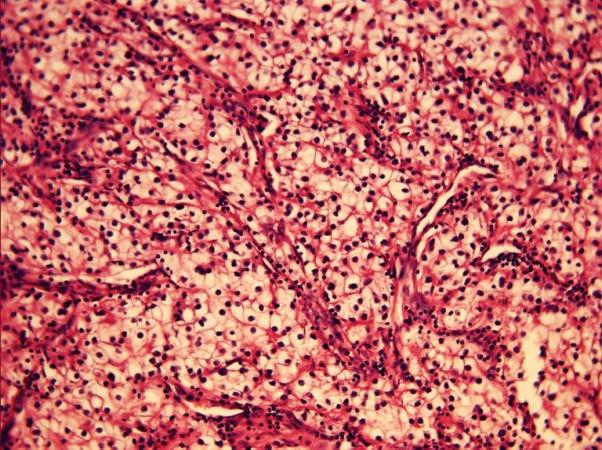
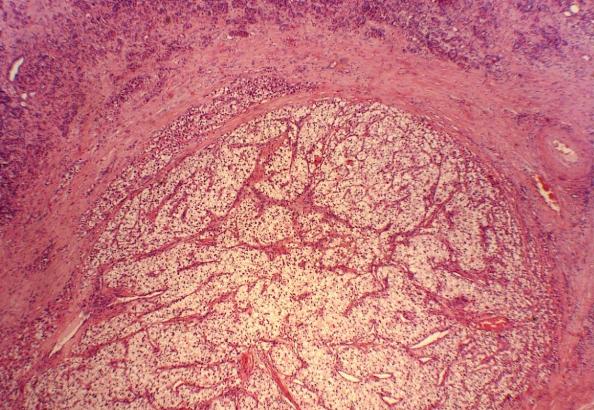
Conclusion
It’s probable that the use of recent MSCT scanners, with their superior spatial and temporal resolution, reveals small pancreatic lesions that formerly were missed. In these patients subsequent surgical and medical treatment results in high survival, but makes radiological follow-up extremely important.
Dr. M. Marasà is with the Institute of Radiology at the University of Palermo in Italy; Dr. Dav ì is with the Operative Unit of Vascular and Interventional Radiology at ARNAS-Civico Hospita in Palermo; and Dr. S. Marasà is with the Institute of Pathologic Anatomy at the University of Palermo.
What New Research Reveals About Novice Use of AI-Guided Cardiac Ultrasound
April 4th 2025In a study recently presented at the American College of Cardiology (ACC) conference, researchers found that novice use of AI-guided cardiac ultrasound after an AI-enabled electrocardiogram increased the positive predictive value for reduced left ventricular ejection fraction (LVEF) or aortic valve stenosis by 33 percent.
The Reading Room Podcast: Current Perspectives on the Updated Appropriate Use Criteria for Brain PET
March 18th 2025In a new podcast, Satoshi Minoshima, M.D., Ph.D., and James Williams, Ph.D., share their insights on the recently updated appropriate use criteria for amyloid PET and tau PET in patients with mild cognitive impairment.
Study with CT Data Suggests Women with PE Have More Than Triple the One-Year Mortality Rate than Men
April 3rd 2025After a multivariable assessment including age and comorbidities, women with pulmonary embolism (PE) had a 48 percent higher risk of one-year mortality than men with PE, according to a new study involving over 33,000 patients.
GE HealthCare Debuts AI-Powered Cardiac CT Device at ACC Conference
April 1st 2025Featuring enhanced low-dose image quality with motion-free images, the Revolution Vibe CT system reportedly facilitates improved diagnostic clarity for patients with conditions ranging from in-stent restenosis to atrial fibrillation.